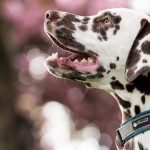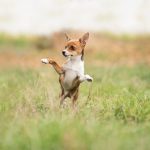Leash pulling isn’t just frustrating—it can lead to injuries, miscommunication, and stress for both you and your dog. In this guide, you’ll learn WHY dogs pull and how leveraging effective training techniques alongside quality dog daycare like Playday Pups can help you achieve calm, controlled walks.
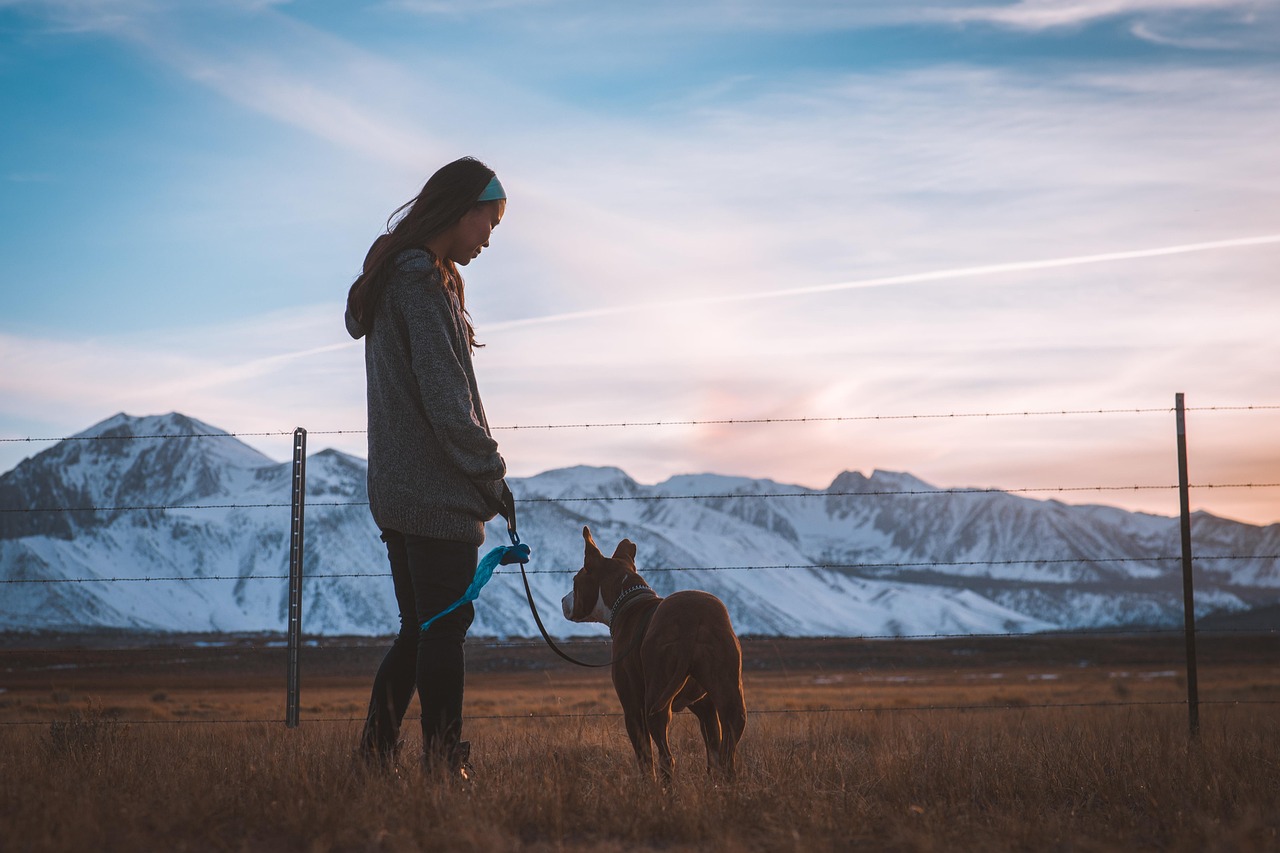
Why Dogs Pull on the Leash
Instinct & Natural Drive: Dogs are wired to explore environments energetically, and walking allows them to satisfy that drive.
Positive Reinforcement: Pulling often results in forward movement, which inadvertently rewards the behavior .
Equipment & Handler Responses: Leashes, collars, and inconsistent feedback from owners can amplify pulling habits.
The Impact of Leash Pulling
Pulling is more than a nuisance—it’s a learned behavior that reinforces itself. It can cause:
- Physical strain and injury to necks, backs, and joints
- Escalating behavioral issues like chasing and lunging
- Disruptive, tense walks instead of enjoyable bonding time
Essential Tools & Setup
Use Proper Restraints: Front‑clip/no‑pull harnesses or gentle head halters provide safer, more effective control
Choose the Right Leash: A 6–10 ft leash balances freedom and control to maintain slack. Avoid retractable leashes—they encourage pulling.
Stay Consistent: Pauses when the leash is tight and movement only when it’s slack teach dogs that pulling halts the fun.
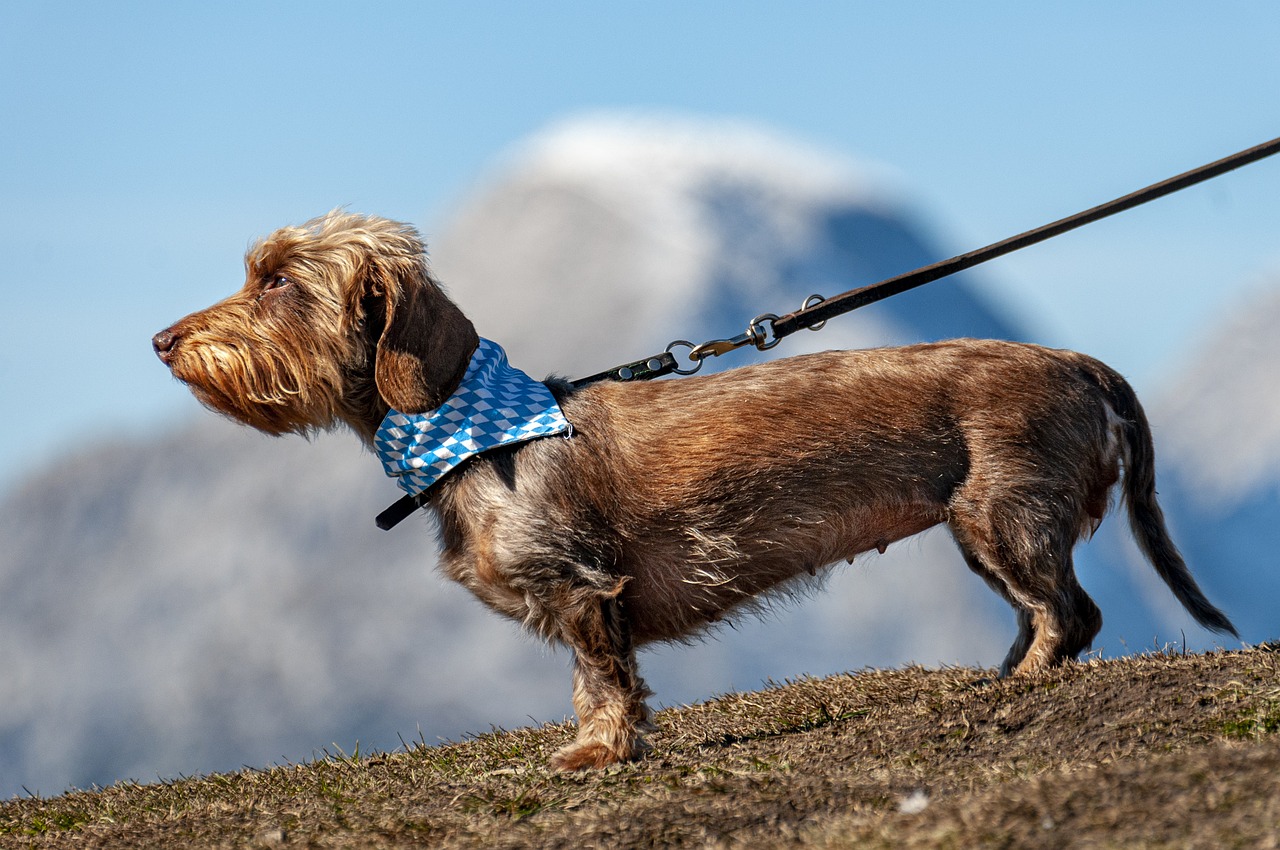
Daycare as a Training Ally
Incorporating Playday Pups’ boutique daycare into your leash-training plan can be a game-changer:
Structured Play & Mental Energy Release
Their thoughtfully scheduled sessions include supervised play, mid-morning breaks, naps, and calm wind-down periods—perfect for mentally and physically tiring out your pup before training walks
Improved Focus at Walk Time
A well-rested dog with pent-up energy addressed through daycare is far less likely to pull from excitement or restlessness—making training sessions more effective.
Enhanced Social Cues & Impulse Control
Smaller group sizes and nanny-style supervision at Playday Pups help dogs learn calm social skills and body language—traits that often reduce leash reactivity and pulling during walks.
Reinforced Routine & Consistency
The daycare’s dependable schedule instills structure in your dog’s life, which transfers to better reinforcement and compliance during leash training.
Step‑by‑Step Training Methods
Stop‑and‑Go
Pause immediately when your dog pulls. Reward forward movement only when the leash is slack.
Pressure/Release Game
Slight leash tension prompts yielding—release and reward instantly when your dog responds.
“Look at Me” Focus Cue
Use treats and praise to build attention and discourage distractions and pulling.
Reward Walking Close
Praise or treat when your dog walks by your side. If they drift and pull, redirect calmly.
Direction Changes
Switch direction to regain their focus and prevent anticipation-driven pulling.
Marker or Clicker Training
Mark slack-leash moments with a click/treat to speed learning and clarity.
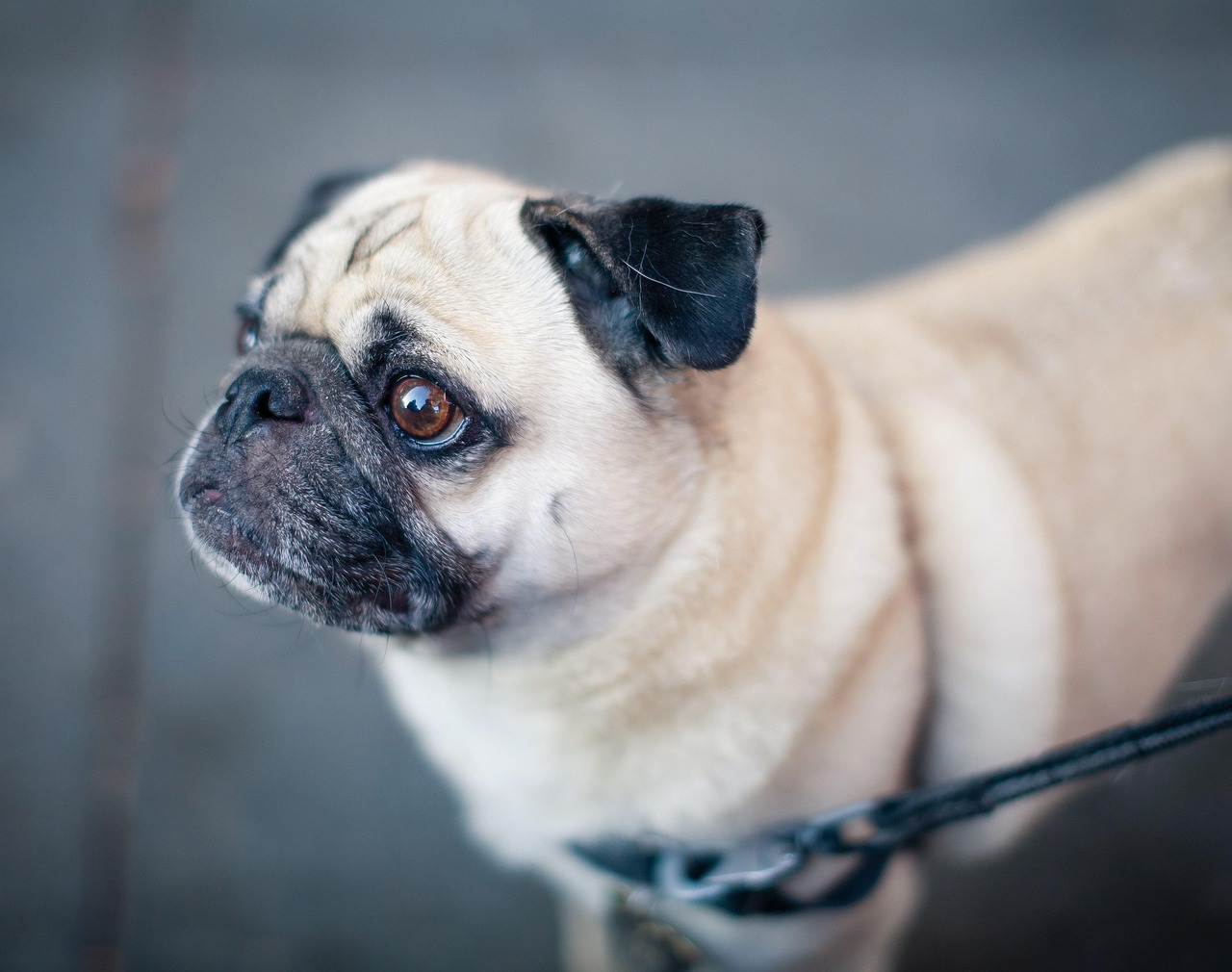
Handling Common Challenges
High-energy dogs: Use daycare to burn off energy so training sessions are more manageable.
Anxious or reactive dogs: Low-distraction daycare fosters gradual socialization and calmer walking behavior.
Multi-dog households: One-on-one post-daycare walks simplify training focus per dog.
Progress Tracking & Maintenance
Track Metrics: Record walk length, frequency of stops, and instances of slack leash.
Gradual Reward Fading: Move from frequent treats during early training to intermittent reinforcement as behavior improves.
Re-establish in New Contexts: Even after success, revisit foundational training in novel environments.
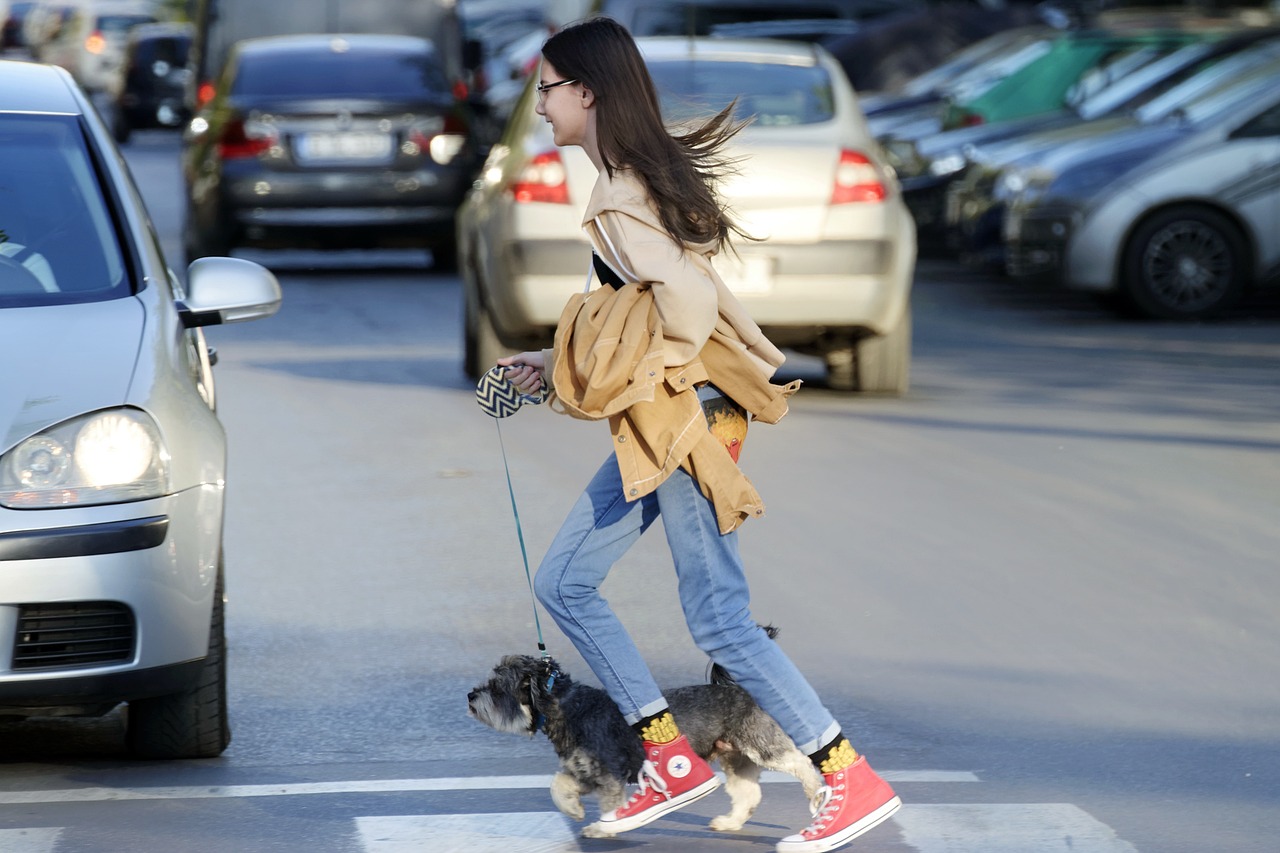
When to Seek Professional Help
If pulling persists, escalates, or accompanies fear/aggression:
- Book a session with a certified positive reinforcement trainer or behaviorist.
- Consider 1:1 coaching or small group classes to reinforce leash manners in a supportive, structured setting.
Fixing leash pulling starts with understanding why it’s happening—and then addressing it with patience, consistency, proper tools, and smart techniques. By pairing your focused leash training with the balanced, structured environment at Playday Pups, you set your dog up for success. Together, you can transform chaotic tugging into calm, enjoyable walks—one step at a time.
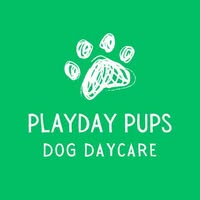
Playday Pups is a boutique dog daycare and home-like boarding service located in Burlington, Ontario. Owned and operated by Tara and Dave, we specialize in creating a fun, safe, and structured environment where dogs can play, relax, and thrive. Whether you’re looking for dog daycare during the workweek or dog boarding for overnight stays, we provide personalized care for every pup. Ready to join the pack? Start by filling out our dog registration form.
☎️ (905) 230-2541 | 📨 hello@playdaypups.ca | 🚗 1234 Advance Rd, Burlington Google MAP

